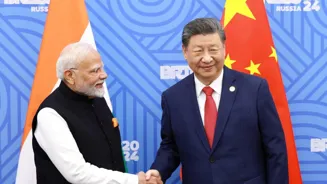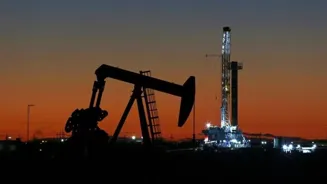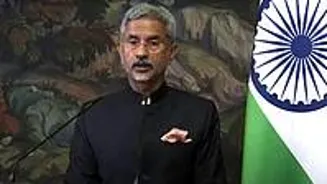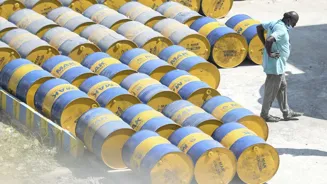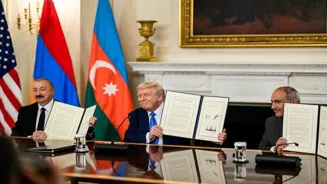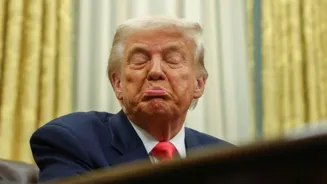It is shaping up to be an important diplomatic week for India – from manoeuvring India-US ties as the 25 percent additional tariff kicks in to preparing for major summits in Asia like the big-bang SCO
and Quad outreach to Japan.
Apart from that, India is engaging in strategic regional talks with the Fiji Prime Minister’s visit and high-level border security talks with Bangladesh underway. Hence, this week will be like walking a diplomatic tightrope when it comes to balancing global power dynamics, regional security, and economic interests.
Let’s take a deep dive:
US-INDIA TRADE TIES IN FOCUS
This week will likely be overshadowed by the Trump administration’s additional 25 percent tariff imposition on Indian goods from August 27 (Wednesday). This will raise duties to 50 percent.
It comes as the US abruptly cancelled trade talks scheduled from August 25 to 29. The relations between New Delhi and Washington are on a downturn after US President Donald Trump doubled tariffs on Indian goods to a whopping 50 percent, including a 25 percent additional duties, for India’s purchase of Russian crude oil.
On August 23, in an indication that India is pursuing trade negotiations with the US, External Affairs Minister (EAM) S Jaishankar said there are still lines that New Delhi needs to defend. New Delhi has maintained that its energy procurement is driven by national interest and market dynamics. India turned to purchasing Russian oil sold at a discount after western countries imposed sanctions on Moscow and shunned its supplies over its invasion of Ukraine in February 2022.
“We have some redlines in the negotiations, to be maintained and defended,” Jaishankar said at an event in New Delhi, singling out the interests of the country’s farmers and small producers.
“It is our right to make decisions in our ‘national interest’,” he said, describing Trump’s policy announcements as “unusual”. “We have not had a US president who conducts his foreign policy so publicly as the current one and (it) is a departure from the traditional way of conducting business with the world.”
In the US, too, India has continued to pursue discussions of “fair, balanced and mutually beneficial trade ties” with US lawmakers. Indian ambassador to the US Vinay Mohan Kwatra has met four in the last 24 hours and 23 since August 9, as revealed by his social media posts.
The tariff imposed on Indian goods is among the highest imposed by the US. A 25 percent tariff announced earlier is already in effect.
Trade talks collapsed earlier this year due to India not agreeing to open its vast agricultural and dairy sectors. Bilateral trade between the world’s largest and fifth largest economy is worth over $190 billion.
PM MODI’S JAPAN VISIT
Prime Minister Narendra Modi is visiting Japan on August 29 and 30 to attend the 15th India-Japan Annual Summit, strengthening economic, technology, and defence ties.
This will be part of his four-day tour of both Japan and China, which ends on September 1, said the ministry of external affairs (MEA). The announcement of this visit came only days after Chinese foreign minister Wang Yi’s trip to India.
The MEA said this will be Modi’s eighth visit to Japan as the prime minister. He will review the Special Strategic and Global Partnership between the two countries with his Japanese counterpart and dear friend Shigeru Ishiba.
The two PMs will deliberate on cooperation in the areas of defence and security, trade and economy, technology and innovation, and people-to-people exchanges, as well as discuss issues of regional and global importance.
“The visit will reaffirm the longstanding special bond of friendship between the two countries,” the MEA said.
